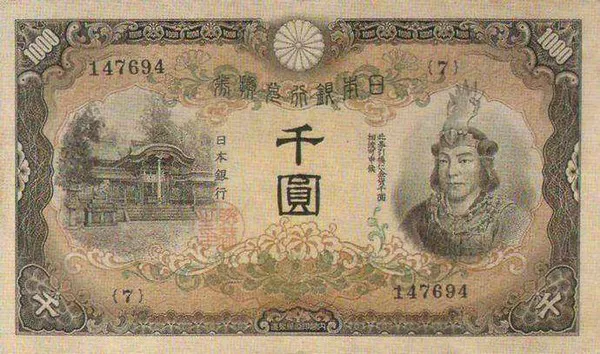The Japanese Yen (JPY) staged a recovery from recent losses following statements by Japanese Economy Minister Yoshitaka Shindo, indicating the government’s commitment to achieving a surplus in primary balance by fiscal year 2025. Shindo’s optimistic remarks, forecasting a real economic growth of 1.3% by the same period, added to the positive sentiment, as reported by Reuters.
The Tokyo Consumer Price Index (CPI) released on Friday showed a year-over-year increase of 2.2% in May, surpassing April’s 1.8% rise. However, concerns linger over nationwide inflation in Japan, which could dissuade the Bank of Japan (BoJ) from raising interest rates. The substantial interest rate differential between Japan and other economies continues to apply pressure on the Japanese Yen, bolstering the USD/JPY pair.
Meanwhile, the US Dollar Index (DXY) experienced a decline following the release of the Federal Reserve’s preferred US Personal Consumption Expenditure (PCE) data for April, indicating a moderation in price pressures. Federal Reserve (Fed) officials’ recent comments suggesting a potential achievement of the 2% annual inflation target without additional interest rate hikes have further weighed on US Treasury yields, thereby weakening the Greenback. Investors are keenly observing the ISM Manufacturing PMI for fresh insights into the US economic landscape.
In other market movements, the Jibun Bank Japan Manufacturing PMI exhibited expansion for the first time since May 2023, reaching 50.4 in May from April’s 49.6. Bank of Japan Executive Director Takashi Kato stated that there are no immediate plans to unload the BoJ’s exchange-traded funds (ETF) holdings, emphasizing the need for thorough examination before any decision.
Japan’s Retail Sales (YoY) grew by 2.4% in April, surpassing market expectations and marking the 26th consecutive month of expansion, underscoring sustained consumer activity in the country.
Technical analysis of the USD/JPY pair indicates a symmetrical triangle pattern on the daily chart, suggesting a temporary halt in the prevailing bullish trend. However, the 14-day Relative Strength Index (RSI) remains above 50, indicating a continued bullish bias. The pair is currently testing the upper boundary of the symmetrical triangle, with a breach potentially targeting the psychological level of 158.00. Conversely, immediate support lies at 157.00, with further downside potential towards the lower boundary of the triangle.
Related Topics:
























